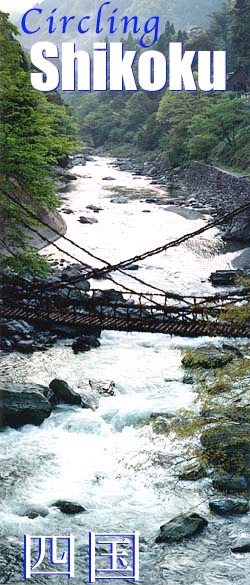
This series of routes goes clockwise around the island from the east, omitting only the rather industrialized north. We start in the east and head south by one of two routes: either starting from Tokushima (near the famous whirlpool of Naruto) and going down the coast to Muroto-misaki (Cape Muroto) and then west, or starting from Takamatsu and going straight down through the center of the island, past the cragged river gorges of Oboke and Koboke, the vine bridge of Kazurabashi, and up and over a 1,173-meter pass. Either way, we end up in the southern city of Kochi with its interesting historical sights, streetcars and spectacular beach. From there, we go east through rugged Tosa to even more rugged Ashizuri-misaki (Cape Ashizuri) and north to the lovely city of Uwajima and the traditional towns of Ozu and Uchiko, to finally end up in Matsuyama, Shikoku's sprawling metropolis with a small-town feel. It's a long trip - you're gonna love it.

































